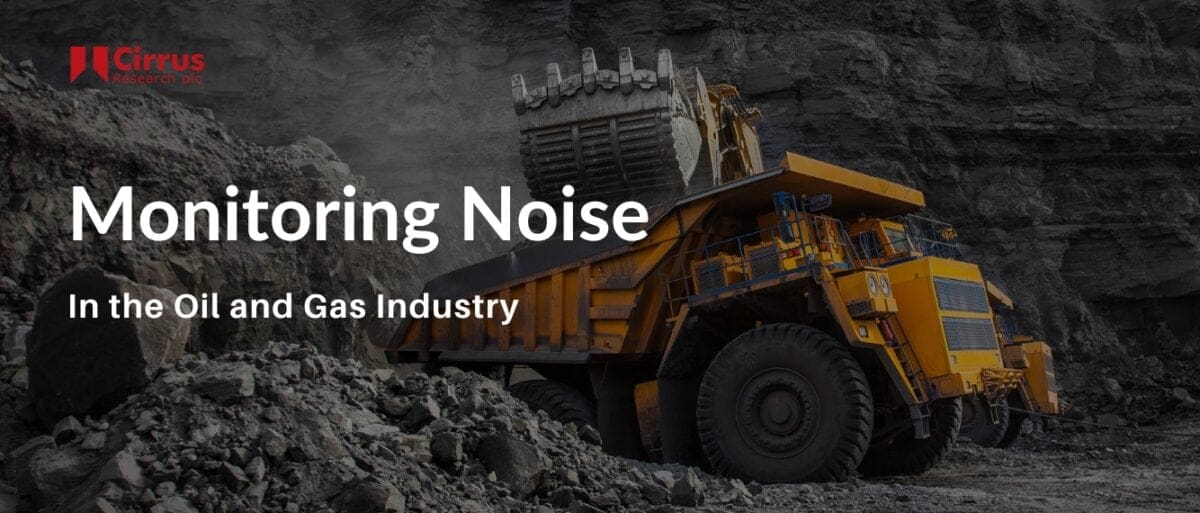The mining industry, a cornerstone of modern civilisation, fuels economic growth and technological advancement. However, noise from mining operations can affect both employees and the surrounding environment, with the same noise sources contributing to both occupational and environmental noise.
Protect your workers hearing, ensure compliance with occupational noise regulations, reduce the number of community noise complaints and ensure you’re compliant with noise regulations and permits by choosing Cirrus Research.
Preserving Worker Health and Safety
One of the most important reasons for monitoring noise in the mining industry is to safeguard the health and well-being of workers. Mining operations often involve heavy machinery, explosions, and high-impact activities that generate intense noise levels. Prolonged exposure to such noise can result in irreversible hearing loss and other health issues.
By implementing comprehensive noise monitoring systems, mining companies can identify areas of excessive noise and take proactive measures to reduce exposure. This not only protects workers’ hearing but also enhances overall occupational safety.
Mitigating Community Disruption
Mining sites are frequently located near residential areas, leading to potential conflicts between mining operations and local communities. Uncontrolled noise from mining activities can disrupt the daily lives of residents, affecting their sleep, communication, and overall quality of life.
Effective noise monitoring allows mining companies to track noise emissions, identify sources of disturbance, and implement mitigation strategies. This proactive approach fosters better community relations and ensures that mining operations coexist harmoniously with nearby residents.
Regulatory Compliance
Stringent noise regulations are in place to minimise the impact of industrial activities on the environment and human health. Failure to comply with these regulations can result in fines, legal repercussions, and reputational damage.
By consistently monitoring noise levels and environmental impacts, mining companies can demonstrate their commitment to adhering to regulations and being responsible corporate citizens.
Environmental Responsibility
Mining operations have far-reaching ecological consequences beyond noise pollution. Dust, water pollution, habitat destruction, and land degradation are among the environmental impacts associated with mining. Monitoring these impacts helps mining companies identify areas for improvement, implement sustainable practices, and minimise their ecological footprint.
This commitment to environmental responsibility aligns with the growing global focus on sustainability and contributes to the preservation of natural resources for future generations.
Innovation and Continuous Improvement
Monitoring noise and environmental impacts isn’t just about meeting regulatory requirements; it’s about driving innovation and continuous improvement. By analysing data collected through monitoring systems, mining companies can identify patterns, optimise processes, and find novel solutions to reduce noise and minimise environmental effects. This approach not only enhances operational efficiency but also positions mining companies as leaders in responsible resource extraction.
Our Recommended Instruments for the Mining Industry

The Quantum Outdoor noise monitor is a fully automated cloud-based environmental monitor ideally suited for long-term remote measurements of various environmental conditions.

The Intrinsically Safe doseBadge is ideal for monitoring personal noise exposure in hazardous zones and explosive atmospheres.
In conclusion, monitoring noise and environmental impacts in the mining industry is paramount for various reasons, including ensuring worker safety, minimising community disruption, complying with regulations, and embracing environmental responsibility. By investing in advanced monitoring technologies and adopting sustainable practices, the mining sector can mitigate its negative effects and contribute to a more balanced and sustainable future.



